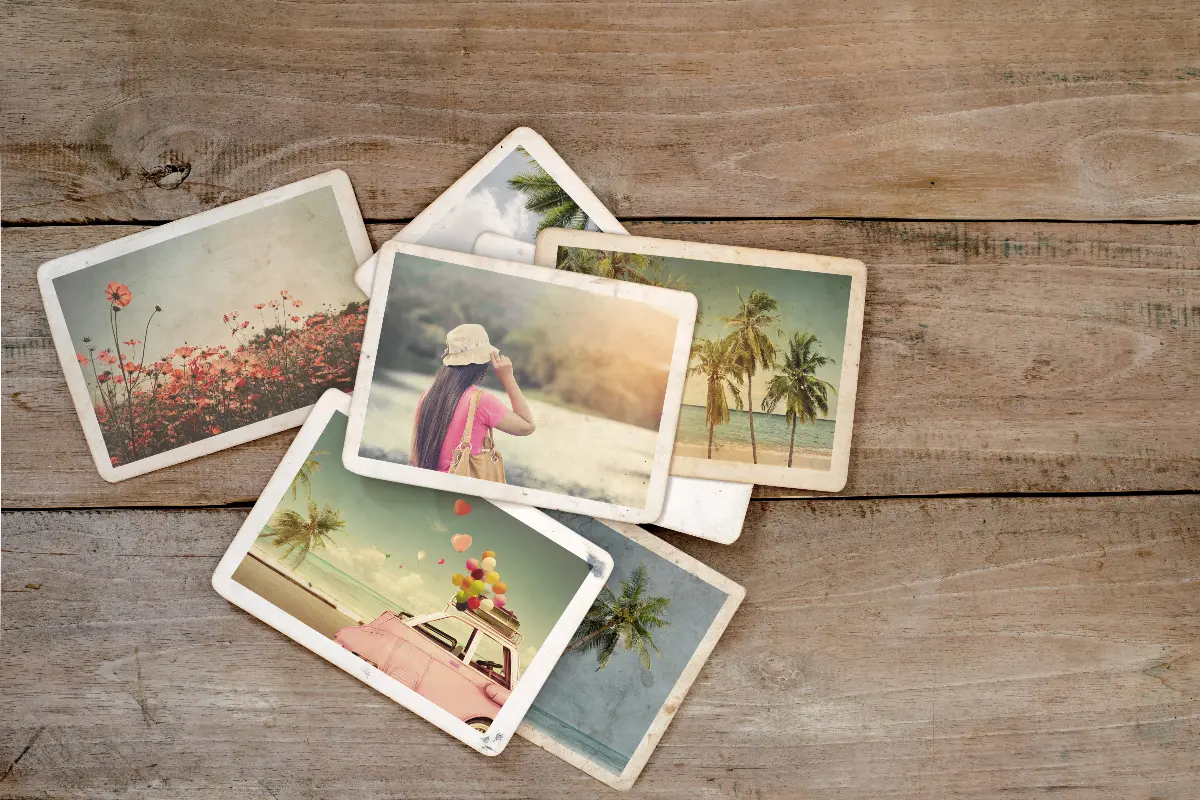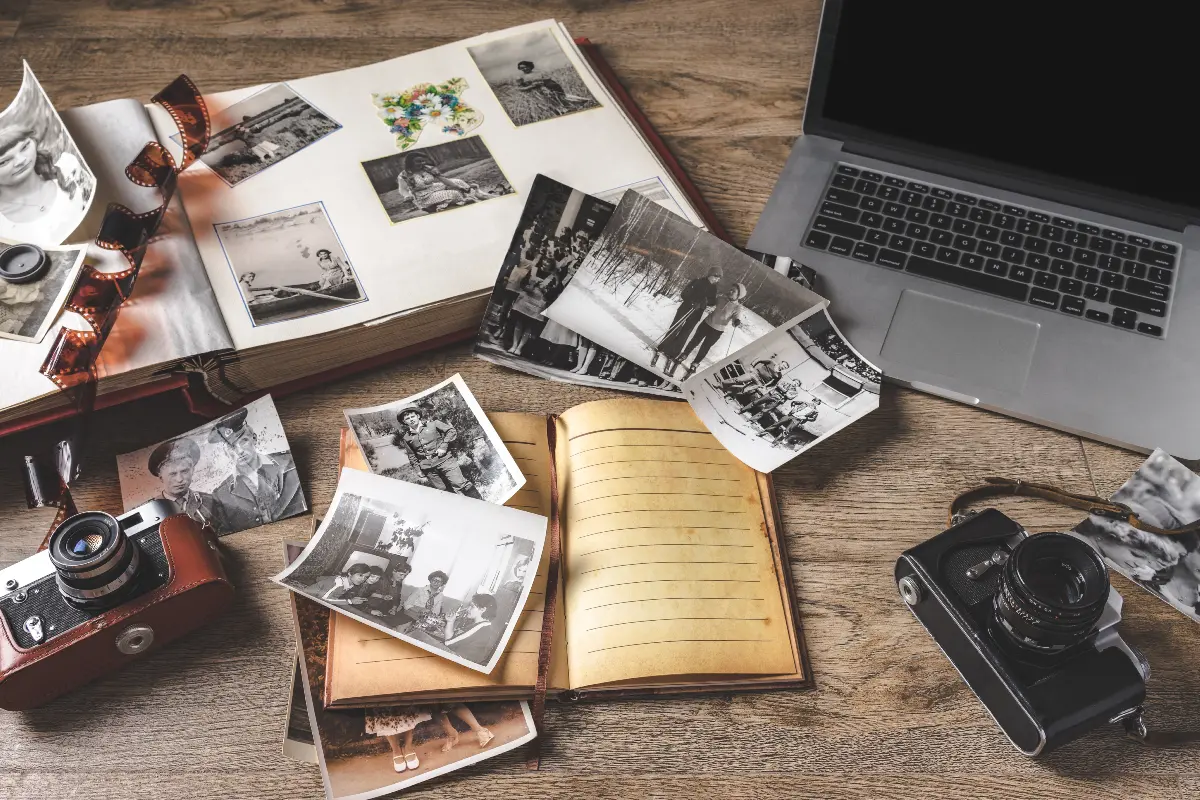In the world of photography, where modern, high-definition images are the norm, there's a growing charm in the nostalgia of vintage photographs. The allure of bringing the essence of bygone eras into the present day has captured the hearts of both professional photographers and hobbyists alike. If you're one of those who yearn to indulge in this timeless craft, here are some invaluable tips to help you achieve that perfect vintage look in your photos.

To begin with, understanding the hallmark qualities of vintage photographs is crucial. Vintage images are identified by their softer focus, warmer tones, a granular texture reminiscent of film, and often a faded or sepia-infused appearance. These features collectively lend a photograph the aura of history and romance that many find so appealing.
One of the first steps to creating a vintage aesthetic is to delve into the past, equipment-wise. Employing an older camera is a steadfast route to authenticity. Film cameras from the golden ages of picture-taking, such as the 35mm and medium format cameras, can be your perfect companions. This is not to dismiss the capabilities of modern digital cameras that often come with built-in features or filters to mimic the vintage look. However, there's nothing quite like the anticipation and delight of waiting to see how your film photographs will emerge after development.
If you're optimising a digital setup, the choice of lens can largely influence the vintage feel of your images. Lenses from the same era as your desired period can be adapted to fit modern camera bodies and can impart an instantly old-world charm to your pictures. Prime lenses, which have a fixed focal length, typically allow for a more classic rendition due to their inherent lens characteristics, such as chromatic aberration and a shallower depth of field.
The selection of subject and setting is another significant aspect. To evoke a bygone period, choose locations that bear a historical context or props that resonate with the era you wish to portray. Fashion and styling are equally important; vintage clothing, accessories, and even hairstyles can reinforce the time frame you're aiming to recreate.

When it comes to setting up your shot, lighting plays a pivotal role. Soft, natural lighting is predominantly the essence of vintage photography. It's advisable to shoot during 'golden' hour'—shortly after sunrise or before sunset—when the sunlight is diffused and golden, which naturally flatters the subject and adds warmth to the frame.
Post-processing is the stage where you can further cement the vintage look. Many photography software programs offer a plethora of options to add grain, adjust the colour palette to more muted tones, or introduce light leaks and vignettes that mimic the imperfections of old camera films. Play with these features to find the right balance; a subtle hand can often make the difference between a picture that is genuinely evocative of the past and one that looks artificially aged.
Black and white photography holds a distinguished place in the lineage of vintage aesthetics. Transforming your modern-day colour photos to greyscale can transport them into the realm of the classics. Pay attention to tonal contrasts and textural details, which become more pronounced when colour is stripped away.
Finally, the presentation of your photograph can enhance the vintage appeal. Printing on textured paper can give your images a tactile, aged quality. Likewise, intentional distressing of prints, using tea staining or physically wearing out the edges, can contribute to the overall effect.
Creating the perfect vintage look is more than applying a filter; it's about storytelling. As you infuse your images with the essence of the past, you allow viewers to weave their own narratives around the captured moment. It's about chasing the elusive light that whispers tales from years gone by and encapsulating it within the frame of your camera. With a blend of the right equipment, settings, and a bit of post-production magic, you can turn the ordinary into the extraordinary and the new into nostalgia, cultivating timeless moments that resonate with the warmth and beauty of yesteryear.